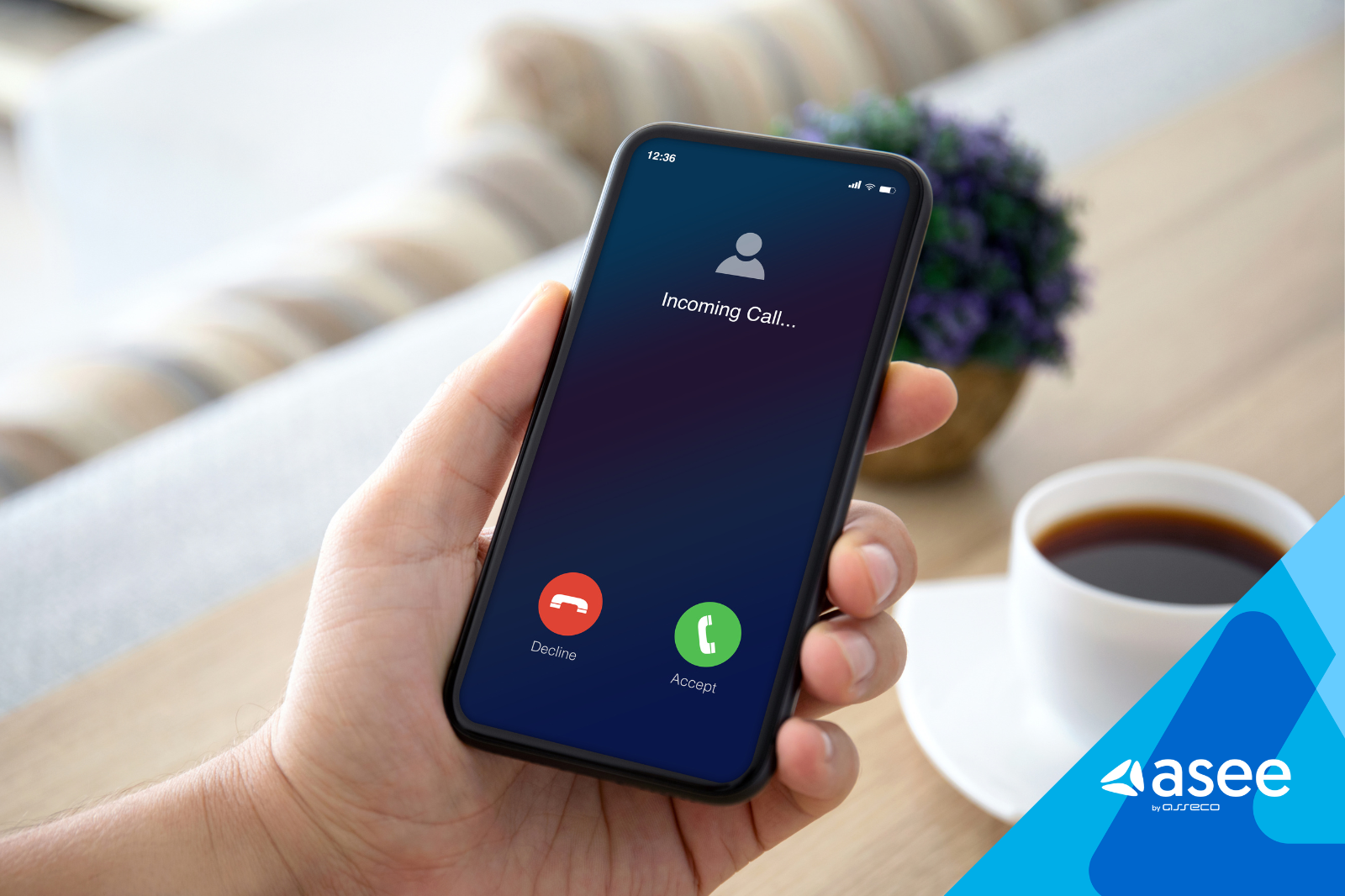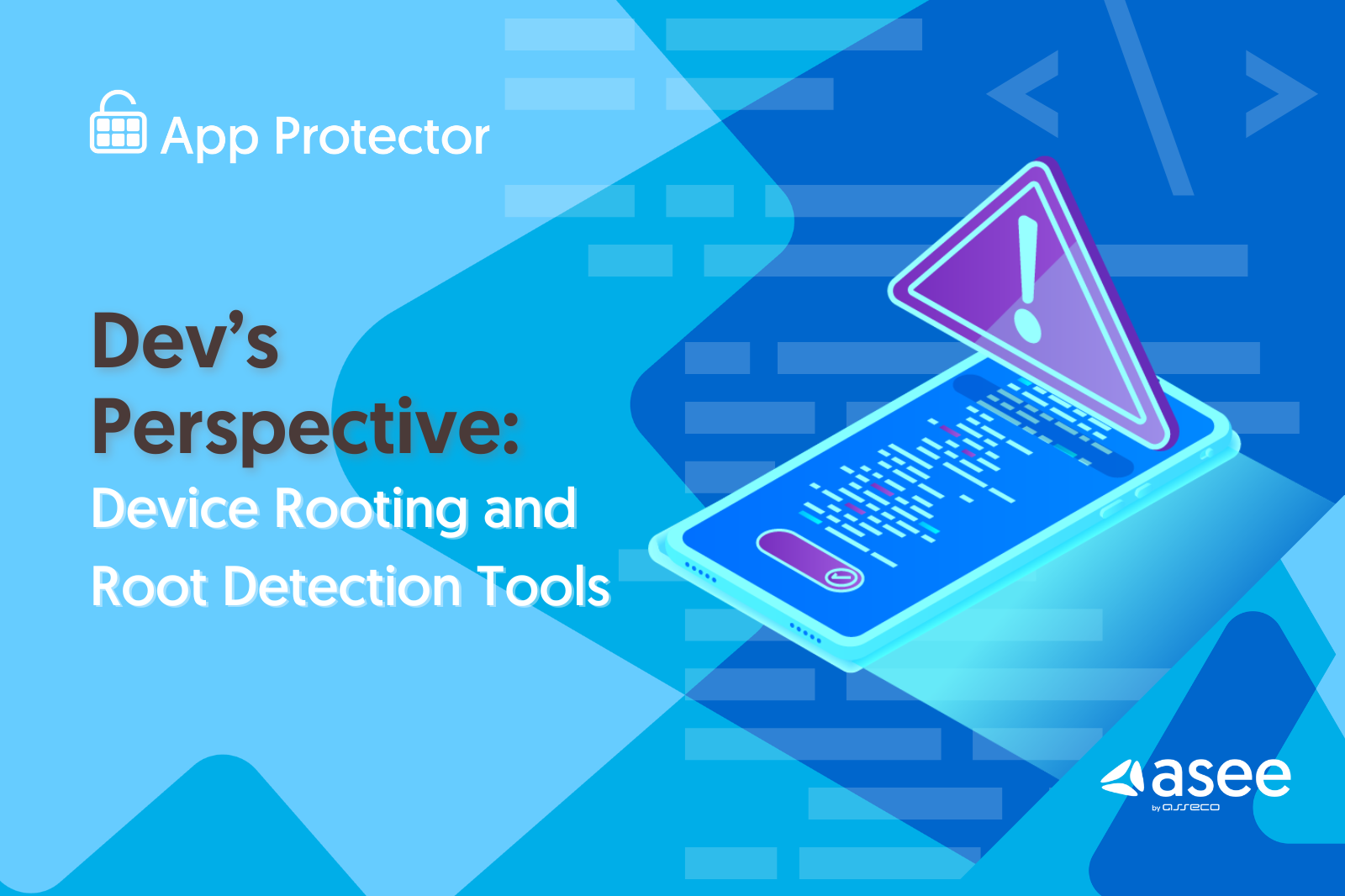How can something that sounds so innocent cause so much trouble for merchants and issuers? After all, how can fraud be described as friendly? The name comes from the simple virtue of convincing the merchant that the actual fraudster is the victim of fraud by making plausible and honest-like claims. Imagine the backlash you, as an issuer or merchant, would get if you neglected a legitimate dispute under the claim that you're suspecting it is an attempt of friendly fraud. Now that you understand the complexity of the problem, let's start from the beginning.
Friendly Fraud 101
The first distinction between friendly fraud and conventional fraud in online payments is the fact that the fraudster is not using a stolen credit card or credentials, but their own (or from a friend, family member, etc.). The initial intent of the ''friendly fraudster'' is to receive and retain goods and services while asking for chargeback under the claim they did not make the purchase nor receive goods or services.
A common scenario is the following; a cardholder purchases goods from a merchant and claims they did not make the purchase, did not receive the goods, or received a partial order. This gives the cardholder enough ground to file a chargeback, demanding a full refund.
It is evident that there is a common denominator when it comes to friendly fraud - chargebacks. That is why friendly fraud is often referred to as chargeback fraud. The cardholders with ''unfriendly'' intentions have figured out how to game the chargeback process. In order to benefit from it, they claim legitimate purchases to be fraudulent.
Chargeback: Returning funds to the cardholder by revoking funds from the merchant based on a reported fraudulent activity.
Friendly Fraud: Any scenario where a cardholder wrongly files a suspicious charge, either by mistake or with malicious intentions.
Now that we cleared up the difference, it is good to know that 86% of all chargebacks (Paymentsource) are likely to be friendly fraud. A mechanism used for protecting the customer is being abused, and merchants' hands are tied.
Types of Friendly Fraud
The truth is, not all friendly fraud is malicious. There are cases where an honest misunderstanding took place. But that makes things even more complex when it comes to detecting and preventing such fraudulent activities. Let's go through our list and distinguish the ones which are malicious from unintentional ones.
1. Chargeback vs. Refund
An average cardholder does not understand nor cares about the difference between chargebacks and refunds. Instead of contacting the merchant to file for a refund, they go to their issuing bank to reverse the charges. This results in a chargeback, which harms the merchant.
2. Auto-Pilot Mode
Good memory or bad memory, living in today's fast-paced world often results in unintentional fraud reports. Recurring payments and transactions made in a rush tend to fade out from our memory, causing confusion when we take a look at our transaction history. What do we do? File a chargeback dispute.
3. Unfamiliar Descriptors
There are cases where the cardholder is not able to recognize the company name on the billing statement. This can be due to rebranding or the business simply being registered under a name different from its legal business name because of branding. Red flags are automatically raised in the cardholder's head, and the only logical option is to open a dispute.
4. Bad Communicators
In some cases, people share, even borrow credit cards from their family, partners, coworkers, etc. Despite there are no ill intentions, we fail to inform one another about particular purchases. This results in confusion, suspected fraud, and finally, a chargeback.
5. Malicious Intentions
This one is for the cardholders who tend to abuse the chargeback process. They game the system by falsely reporting transactions made by themselves. Typical claims involve unsuccessful delivery, unapproved authorization, partial delivery of the purchase, all resulting in chargeback processes harming the merchant.
Who is to blame?
Given all the facts, friendly fraud resulting in chargebacks damages the merchant, leaving the fraudster without consequences and with full pockets. The question of the day is: Why do we tolerate this behaviour?
Banks and card associations have created an environment that puts customers first. If an issuer wants to issue or receive payments from a particular card scheme, they need to comply with the card scheme's rules and regulations. Since the end goal for card schemes is to increase the number of cards used by cardholders, they encourage consumer-first policy and guarantee rights regarding transaction disputes.
By association, issuers are adopting the consumer first policy, favoring customer rights over merchant rights. Unless the merchant has solid proof that the cardholder disputed a chargeback with ill intentions, the chances of coming out victorious are slim to none.
How to Find a Way Around Friendly Fraud?
Fraud can't be terminated, but it can be influenced. Friendly fraud is a specific genre of online fraudulent activity. No matter the circumstances, if a cardholder with malicious intentions is determined to game the system through the chargeback process, the chances are, he will execute it. But keep in mind, only one out of five mentioned types of friendly fraud involves intentional fraud.
By undertaking some specific fraud-prevention actions, you can reduce the likelyhood of friendly fraud. Here are a few tips on how to approach this issue:
- Providing clear refund and cancellation policies that are concise and easy to find help guide the cardholder where to turn in case of demanding a refund.
- Informing the customer at the right time and the right channel about their transactions. Such notifications can prevent potential confusion and stop an incoming chargeback.
- Billing description needs to correspond to the purchased product description, and most notably, business name visible to the cardholder during their online shopping experience.
- Offering 24/7 customer service helps in cases when the cardholder wants to discuss an issue with the merchant. If the merchant can't be reached, the cardholder will have their issuing bank on speed dial.
- Blacklisting cardholders who frequently file chargebacks and sharing that knowledge among your niche protects your business from customers with a bad track record.
- Notifying customers upon processing their order and before and after recurring payments reminds them of the purchase before looking into their transaction history.
The Future is Looking Bright
Friendly fraud as such is not in the primary scope of 3D Secure. However, 3D Secure 2 is very much focused on transaction risk scoring. It provides a frictionless user experience by identifying low-risk transactions. Risk scoring services in 3D Secure evolve through the year by deploying machine learning, behavior analytics, and artificial intelligence algorithms in risk scoring.
So the answer lies in gaining in-depth data about customers,enabling quality prediction and a better understanding of where threats are coming from.
AI-powered analytics are able to provide insight into unusual behaviour patterns. It is useful for detecting suspicious activities involving friendly fraud as well. More data will provide more knowledge about frequent chargeback and refund abusers, making them blacklisted.
Merchants should be able to set certain parameters such as refund limit per customer or prevent customers from demanding a refund for a specific period.
eCommerce Apps Guide: Striking a Balance Between Security and User Experience
As a dedicated guide for eCommerce app owners and merchants this eBook covers m-commerce security best practices and provides turnkey solution for in-app payments security.
To find out more about Trides2 portfolio, contact us or visit our blog section.








